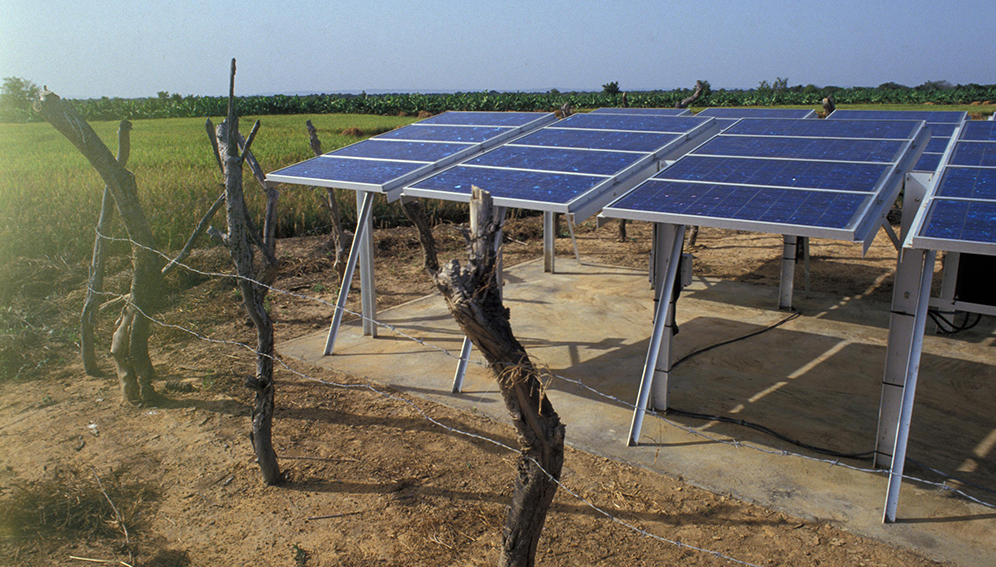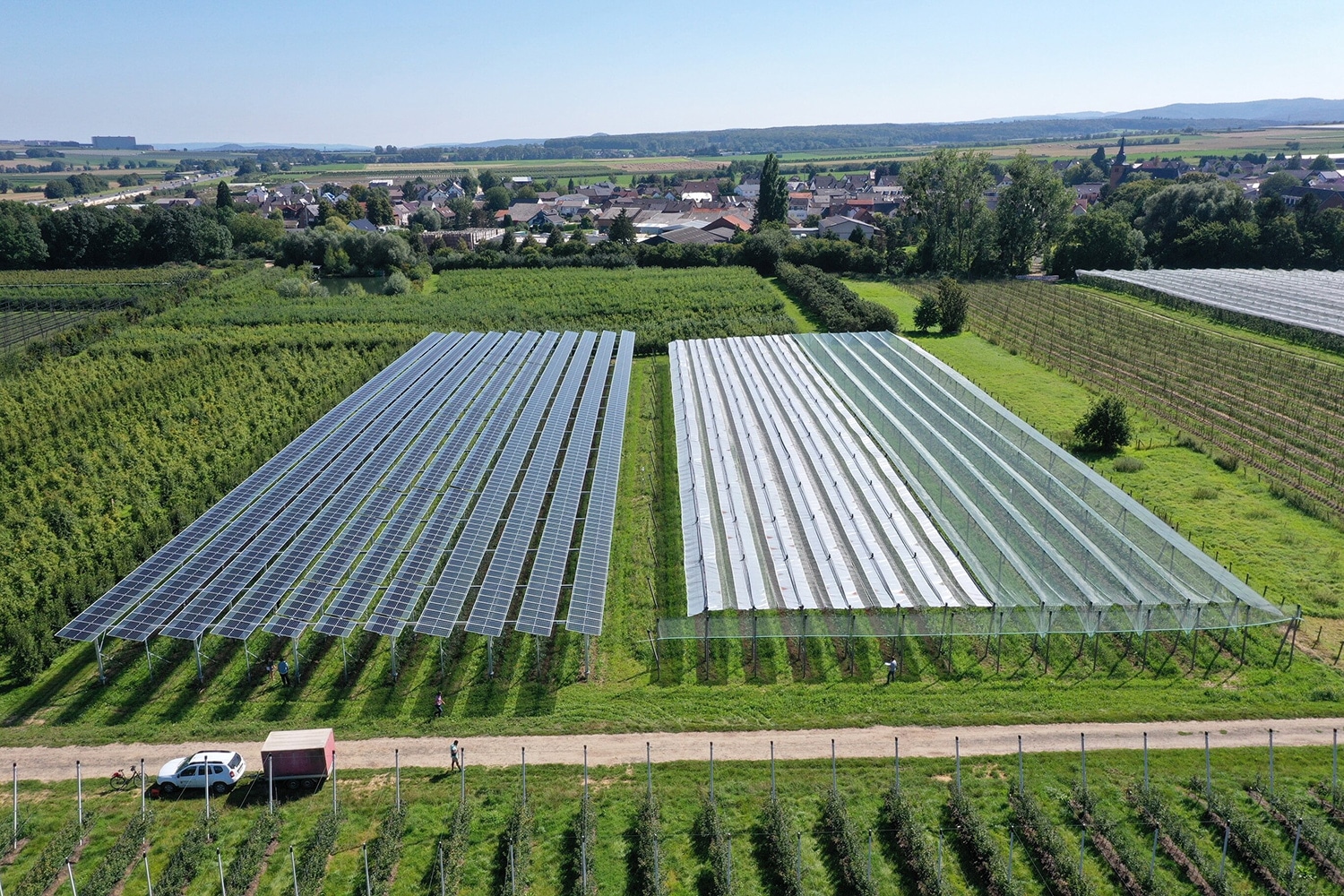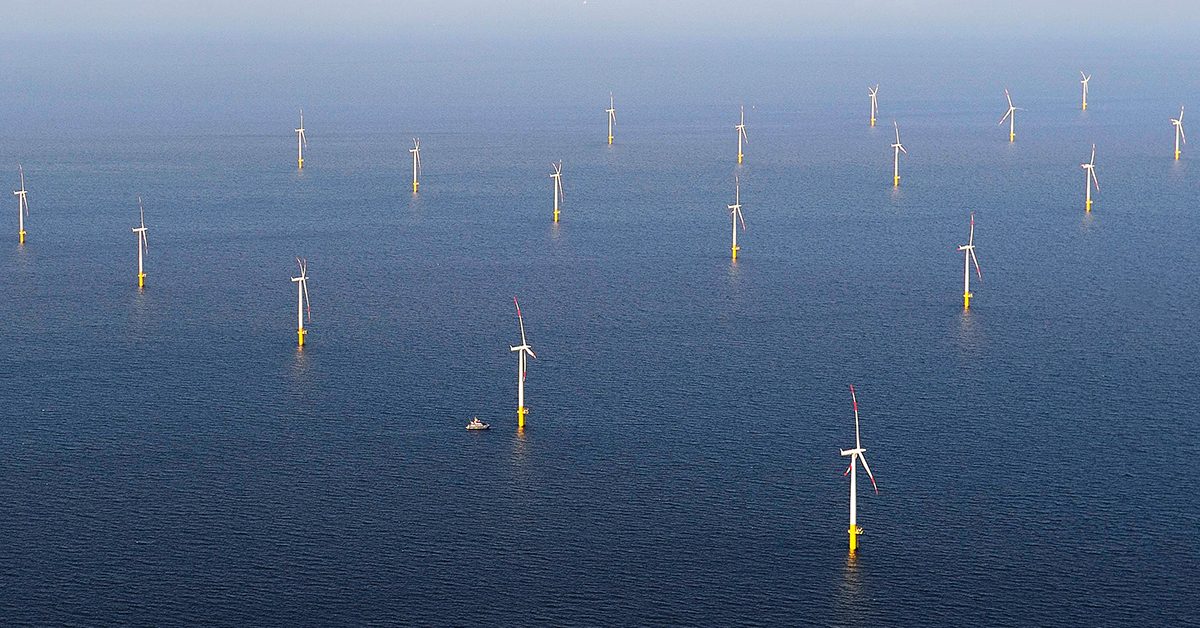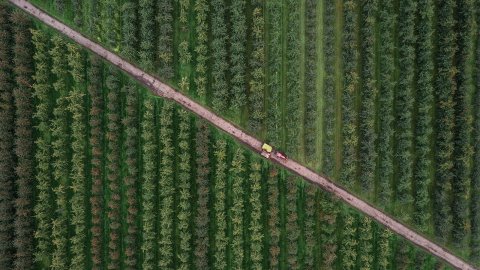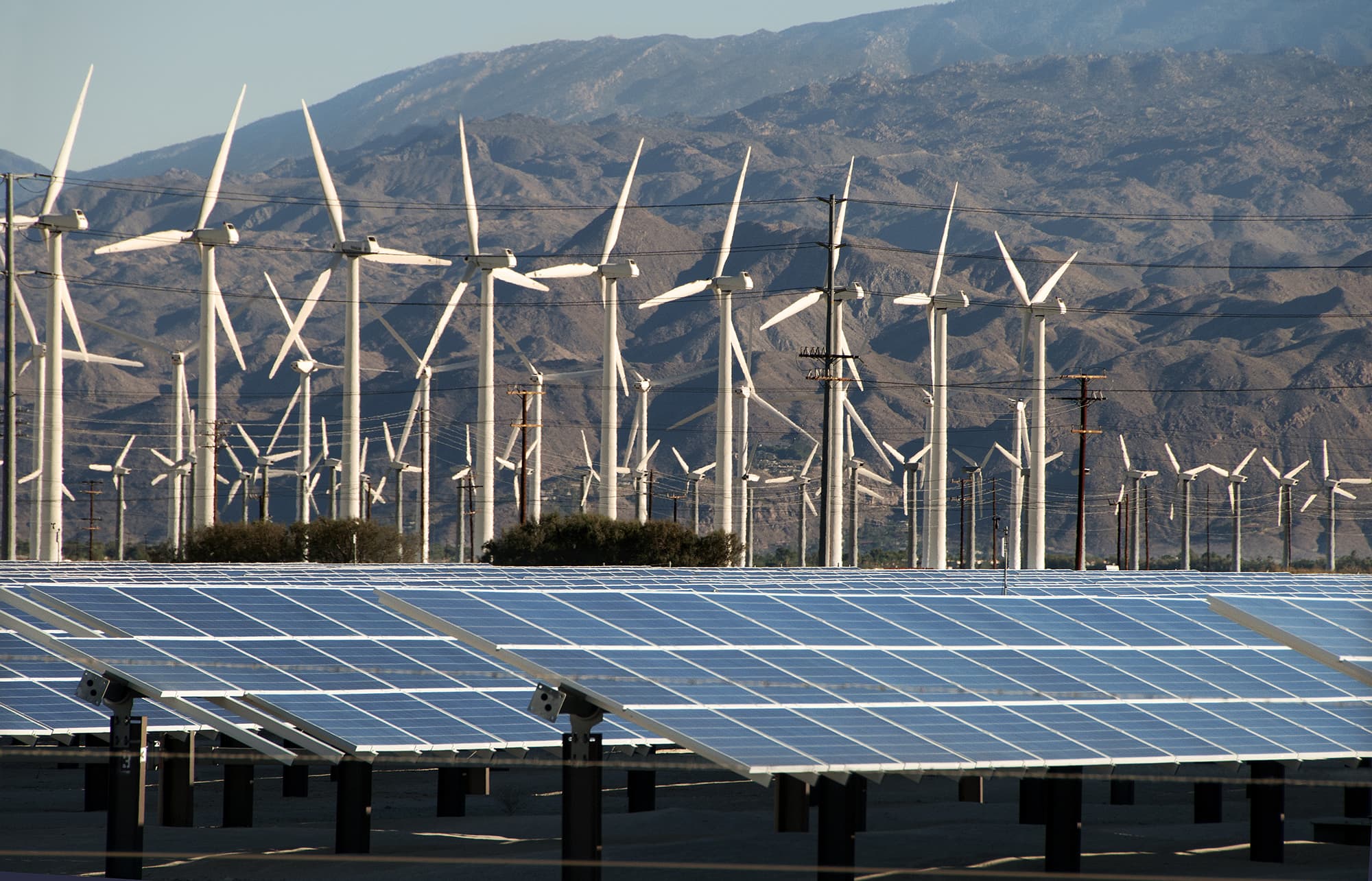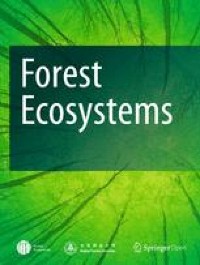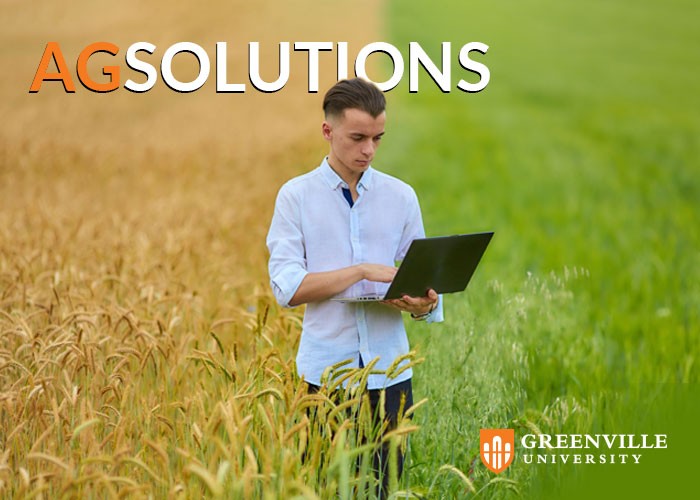 John LaRose Jr.
John LaRose Jr.
Topics: Agriculture Global, Economics, Sustainability, World Population, Renewable Energy (Solar/Wind),
Powering up the ‘last mile’ in renewable energy rollout - Asia & Pacific
What does it take to make rollout of renewable energy work in rural areas? Anita Makri follows trails of success.
-
(0)
-
Bookmark
- Comments (0)
 John LaRose Jr.
John LaRose Jr.
Topics: Agriculture US, Agriculture Global, Water, Sustainability, World Population, Renewable Energy (Solar/Wind),
-
(0)
-
Bookmark
- Comments (0)
 John LaRose Jr.
John LaRose Jr.
Topics: Agriculture Global, Economics, Renewable Energy (Solar/Wind),
First agrivoltaic research facility for carbon-neutral orcharding in Germany
The agrivoltaic systems can provide plant protection against harmful environmental influences.
-
(0)
-
Bookmark
- Comments (0)
 John LaRose Jr.
John LaRose Jr.
Topics: Agriculture Global, Economics, Ag Asia / Pacific, Renewable Energy (Solar/Wind),
EGEB: China led as the world installed 6.1 GW of offshore wind in 2020
2020 saw 6.1 GW of global offshore wind installed, down from 6.24 GW in 2019; more than 50% of the world's fossil fuels must stay buried.
-
(0)
-
Bookmark
- Comments (0)
 John LaRose Jr.
John LaRose Jr.
Topics: Ag Europe, Regenerative Agriculture, Renewable Energy (Solar/Wind), Education,
Insight into power generation in photosynthesis may lead to more resilient crops - My Droll
Relay of iron-sulfur clusters (red-yellow cubanes) that wire electrons from ferredoxin (Fd) to plastoquinone (Q) in photosynthetic complex I from cyanobacteria (schematically shown in green). Example double electron-electron resonance (DEER) traces are shown in blue – DEER is the pulse EPR technique used to assign the properties of the clusters to their location in the […]
-
(0)
-
Bookmark
- Comments (0)
 John LaRose Jr.
John LaRose Jr.
Topics: Crop Consultant, Education U.S. NorthEast, Agriculture Global, Sustainability, Ag Innovation, Biotech, Regenerative Agriculture, Renewable Energy (Solar/Wind),
New platform speeds up effort to turn crops into fuel
Researchers led by José Avalos have developed a new platform for breaking down cellulose, the world's most abundant organic compound, and simultaneously fermenting it for use in biofuel production.
-
(0)
-
Bookmark
- Comments (0)
 John LaRose Jr.
John LaRose Jr.
Topics: Precision AG , Agriculture Global, Water, Economics, Sustainability, Ag Asia / Pacific, World Population, Renewable Energy (Solar/Wind),
MunmuBaram to develop a 1.4 GW floating offshore wind farm in South Korea
The project will be capable of powering over 1 million homes.
-
(0)
-
Bookmark
- Comments (0)
 Nancy Kavazanjian
Nancy Kavazanjian
Topics: Sustainability, Renewable Energy (Solar/Wind),
-
(0)
-
Bookmark
- Comments (0)
 John LaRose Jr.
John LaRose Jr.
Topics: Agriculture US, Forestry, Economics, Sustainability, Renewable Energy (Solar/Wind),
Effects of harvest intensity on the marketable organ yield, growth and reproduction of non-timber forest products (NTFPs): implication for conservation and sustainable utilization of NTFPs - Forest Ecosystems
Background Non-timber forest products (NTFPs) are an important part of forest biodiversity, and the subsistence and trade of local people, especially in less developed countries. Because of the high ecological and economic value, NTFPs have faced the problem of over-exploitation, and the key to solve this problem is to determine the feasible way of sustainable utilization of NTFPs. Harvest intensity is one of the most important and easily controlled utilization factors, which can greatly influence the plant individual survival, growth and reproductive performances, and even the population structure and dynamics. Therefore, we chose two common and important NTFPs species with different marketable parts (i.e., Acanthopanax senticosus with tender leaves and Aralia elata with tender buds) as our study objects. Aiming to determine the optimum harvest intensity for sustainably utilizing both NTFPs species, five levels of harvest intensity treatments (i.e., control, light, medium, high and severe) were designed to assess the effects of harvest intensity on their marketable organ yield, plant growth and reproductive performances. Results The biomass growth rates of marketable organ and plant growth of A. senticosus under light harvest intensity treatment were significantly higher than those under other harvest intensities. The plant height growth and 1000-seed weight of A. elata under severe harvest intensity treatment were significantly lower than those under control treatment. Conclusions The light harvest intensity with 25% leaf removal and the high harvest intensity with all terminal buds harvested are the optimum harvest intensity to maintain the sustainable utilization of A. senticosus and A. elata, respectively. These findings could provide managers with basic but practical guidance for making decisions about the sustainable harvest management plan for the cultivated NTFPs species, and further provide a theoretical basis for managers to establish the harvest regulations for wild NTFPs species. Consequently, the lo...
-
(0)
-
Bookmark
- Comments (0)
 John LaRose Jr.
John LaRose Jr.
Topics: Precision AG , Water, Economics, Ag Europe, Renewable Energy (Solar/Wind),
Single floating offshore Windcatcher unit could power 80,000 European homes
The solution aims to cut land use by more than 80%, increase efficiency, and reduce operating costs.
-
(0)
-
Bookmark
- Comments (0)


